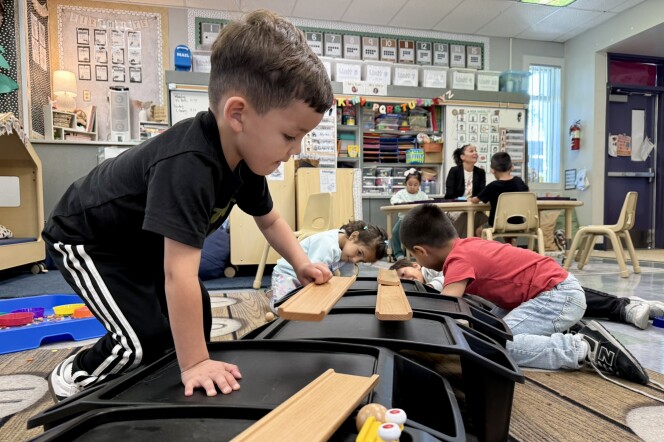With our free press under threat and federal funding for public media gone, your support matters more than ever. Help keep the LAist newsroom strong, become a monthly member or increase your support today.
Why Is It So Hard To Get A Ride Share? Because Many Drivers Are Hesitant To Get Back Behind The Wheel

If you’ve tried to call an Uber or Lyft recently, you may have been met with hefty prices and longer-than-usual wait times. As more people venture out into the world a month after California's June 15 reopening, demand for ride share services has gone way up.
Like many other industries facing a shortage of workers, ride share app companies are struggling to find enough people to drive. Increased demand combined with low supply makes for long wait times and higher prices.
In the second fiscal quarter of 2020, Lyft saw a revenue drop of nearly $600 million and Uber’s was nearly $1.3 billion, according to their reported usage statistics on The Business of Apps.
"In 2020, many drivers stopped driving because they couldn’t count on getting enough trips to make it worth their time," wrote Dennis Cinelli, vice president of U.S. Mobility for Uber in a statement.
But now, even with plenty of customers and vaccinations against COVID-19 available to anyone 12 and older, there’s still hesitancy among drivers to return to work.
Drivers Fear For Their Health
Jose Contreras, who has been driving ride share apps on-and-off for three years, returned to work over the Fourth of July weekend after taking almost a year off due to the pandemic. He said he only felt safe to return once he was fully vaccinated.
Contreras said that many drivers have either found new types of work since the initial March 2020 lockdown or are still worried about contracting COVID-19, especially now that new variants are spreading.
Many ride-share drivers are covered under the Pandemic Unemployment Assistance (PUA) plan, which guarantees them extra income until Sept. 23.
"People are saying, 'Why am I going to risk myself, my health when I have the option not to?'" said Contreras.
He also saw issues with the pay — which he said was not much better than pre-pandemic rates, despite increased demand. He said that it was only really worth driving during "surge hours," usually in the early morning or late at night.
Finding Incentives To Drive
Other drivers mentioned a few incentives as a way to encourage existing drivers to remain on the apps or lure new drivers onto the platform. These can include referral bonuses or minimum income guarantees for drivers who complete a certain number of rides in a set period of time. For existing drivers, there are also bonuses for taking on a certain number of consecutive rides.
Nathan Nesic has been driving for Lyft since 2017 and is part of TheRideShareGuy.com, a group for ride-share and gig workers to stay up to date with one another. His vehicle allows him to drive for Lyft’s luxury "Black" service, which allows him to make more money per ride.
"If you’re one of the few driving out here, you’re making some pretty good money and in the case you have a premium vehicle you're doing even better because there’s just not enough supply of regular vehicles," Nesic said.
He mentioned that, oftentimes, riders have been forced to call premium rides since wait times for ride share apps’ standard fares are just too long due to lack of drivers.
The research firm Rakuten Intelligence found that the cost of ride share rides was 37% higher this past March than it was a year ago.
“Drivers are used to being able to cherry pick the rides,” Nesic said, which usually results in drivers only choosing longer distance customers to make it worth their time.
In an emailed statement, Lyft said that while driver shortages are definitely causing longer waits and increased costs, the company is working on adding more drivers to the platform.
“We’ve added thousands of drivers in the past few weeks and it’s already leading to a better rider experience, with wait times down more than 15% nationwide, and down 35% in some major markets,” Lyft's statement said.
Despite this, both Contreras and Nesic said many drivers may just never return. Contreras said he's driving for Uber until he finishes up his real estate license, and then plans to leave the industry.
Both said instability in the industry is leading many drivers to reconsider their careers.
“A lot of drivers have been thinking about what else they could do instead of driving,” Nesic said.







